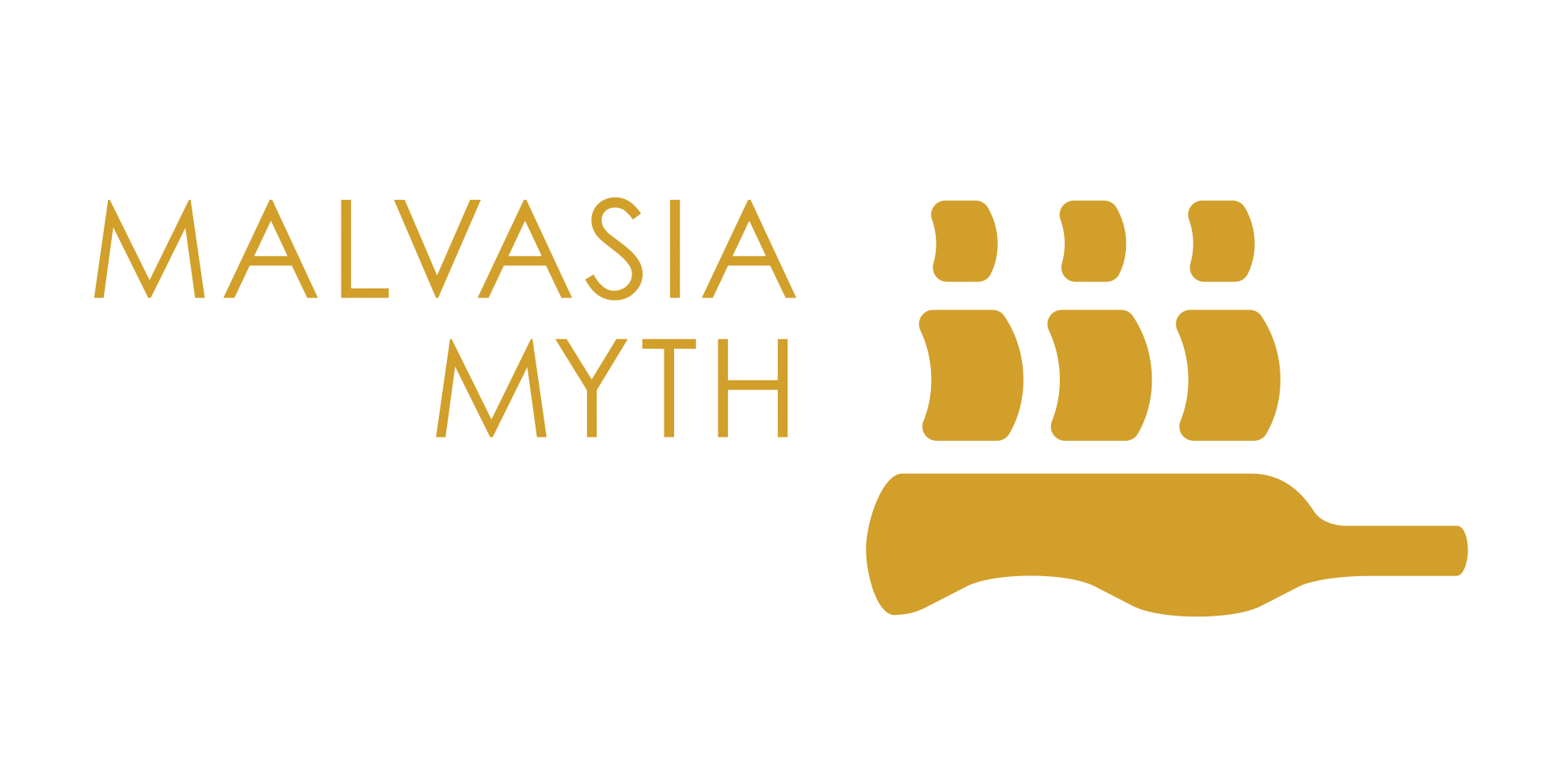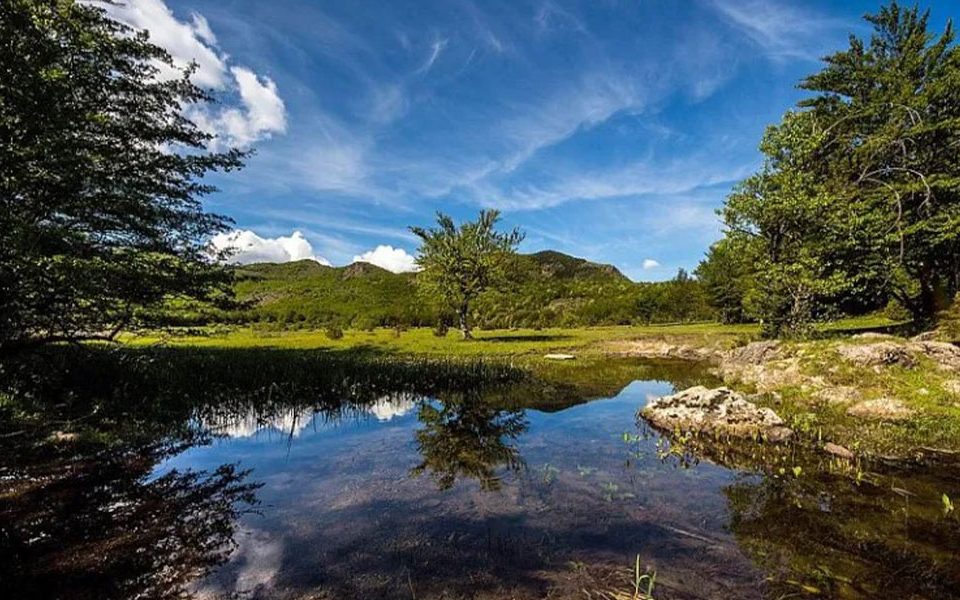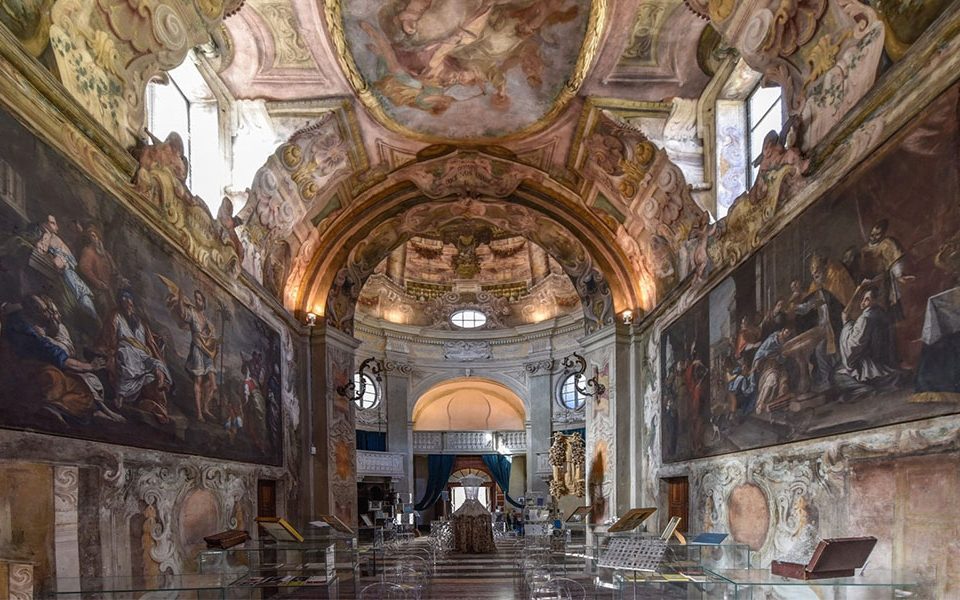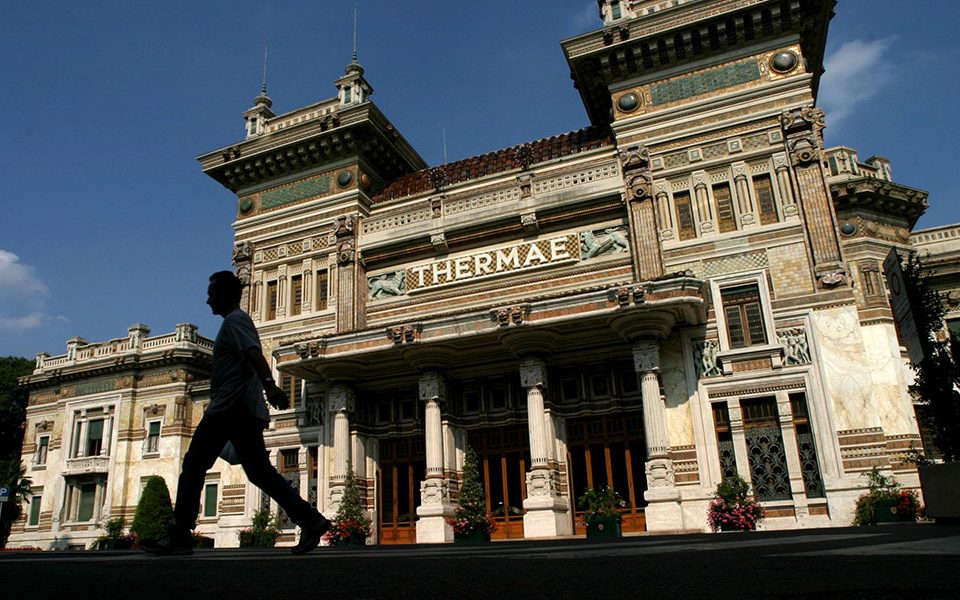Val d’Arda, Val Nure, Val Trebbia and Val Tidone
Rich and versatile Malvasia
Piacenza, Italy
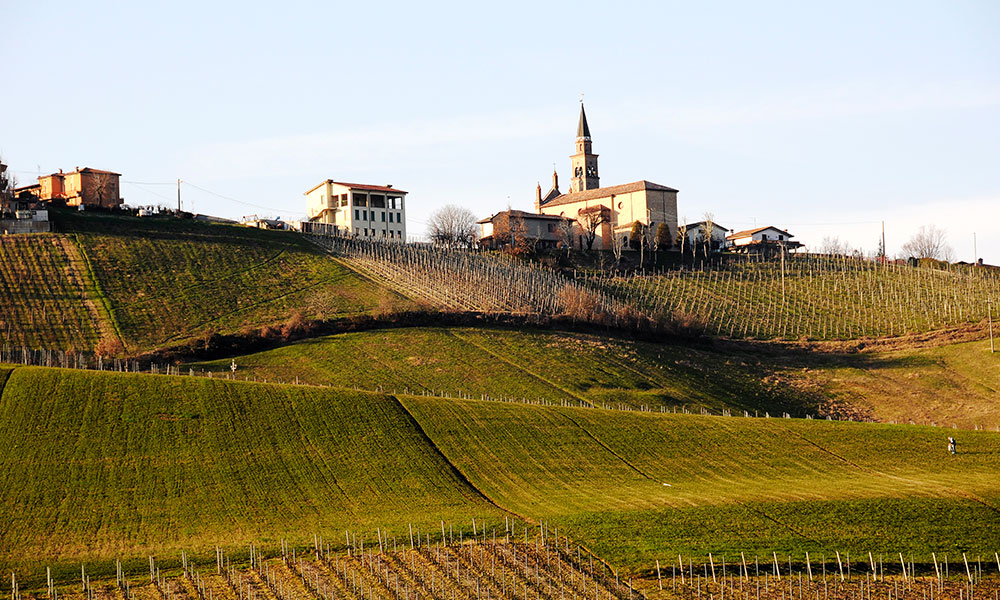
Audentes fortuna iuvat – good luck favors those who dare. The people of Piacenza were both lucky and daring because in the centuries old migrations that brought nineteen vines from the Peloponnese to Italy representing as many families of Malvasia, the hills of Piacenza (and Parma) had the good fortune to receive as a dowry the richest and versatile of these grapes. The one with an incomparably intense aroma, with an elegant and fragrant fragrance, but above all the most versatile one. Capable of expressing itself in cheerful fizz as well as in structured firmness, of changing clothes while remaining itself: sweet and dry, young and aged, still or sparkling, even dried.
This is thanks to a particularly rich and complex aromatic endowment, with which it is easy to fall in love from the the very first olfactory examination, a bit like a beautiful lady whose perfume gently unfolds - even before seeing her - in the foyer of a theater at the opening of a Verdi opera.
This far, we have only spoken about the rich endowment that this territory to the vine. Then there is audacity, in the form of talent and intuition. From this point of view we have to consider a historical period much closer to our times. Until the 1980s, on the tables of western Emilia Malvasia wine was synonymous with sweet, sparkling wine, in which to dip the classic biscuit at the end of a meal, known in Piacenza as "buslan".
Then, in the unpredictable twists of fate, it happened that, following in their mother's footsteps and the desire to change the direction of their lives, two brothers Stefano and Ferruccio Pizzamiglio, founders of La Tosa, arrived in Val Nure from Milan. They were the first ones in the area to understand, during harvest, that those wonderful grapes could express something different from what man had brought out up to that moment. They deserved a more elevated destination, a still wine. Their first attempt at this was not satisfactory and the bottles made with that unprecedented winemaking technique were donated to a convent of friars, who obviously came back again the following year, asking for an encore, but this time the "experiment" was a real success. Thus, Sorriso di Cielo (smile of heaven) was born, for many experts and enthusiasts the best white wine produced in the Piacenza area. It is sufficient to say that the one that was judged in 2022, has five vintage year selections on the menu at the best restaurant in the world, the Geranium of Copenhagen, (the only white wine from Emilia). Through time, chefs of the caliber of Ezio Santin, and Massimo Bottura, fell in love with it.
Therefore, our itinerary in Piacenza can only start from the LA TOSA AGRICULTURAL COMPANY in Vigolzone, but theAromatic Malvasia of Candia espresse itself at the hughest level also on equally peculiar types of land in the province of Piacenza, albeit with different no less interesting peculiarities.
1.
We are back on the road. Leaving the via Emilia at Alseno, after a possible visit to the surprising Cistercian abbey of Chiaravalle della Colomba,
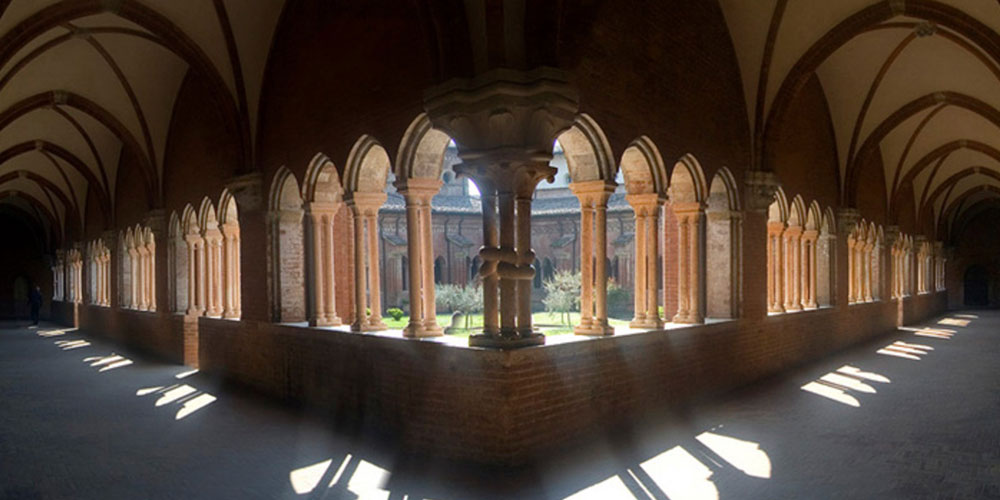
2.
we can reach Castelnuovo Fogliani, a splendid XVIII century villa with a garden designed by Luigi Vanvitelli, the architect of Charles of Bourbon, duke of Parma and Piacenza, then king of the Two Sicilies and finally king of Spain. It is owned by the Catholic University of Piacenza, which also owns the XVI century Palazzo Fogliani in the city. It presents evocative late Baroque environments. At this point begins the road that leads to Scipione and Salsomaggiore, which belonged to the powerful Pallavicino family, who owned the rock salt wells, of strategic importance for the states of Piacenza and Parma, and who had lordship over the cities of Cortemaggiore, Monticelli, Busseto and Borgo San Donnino.
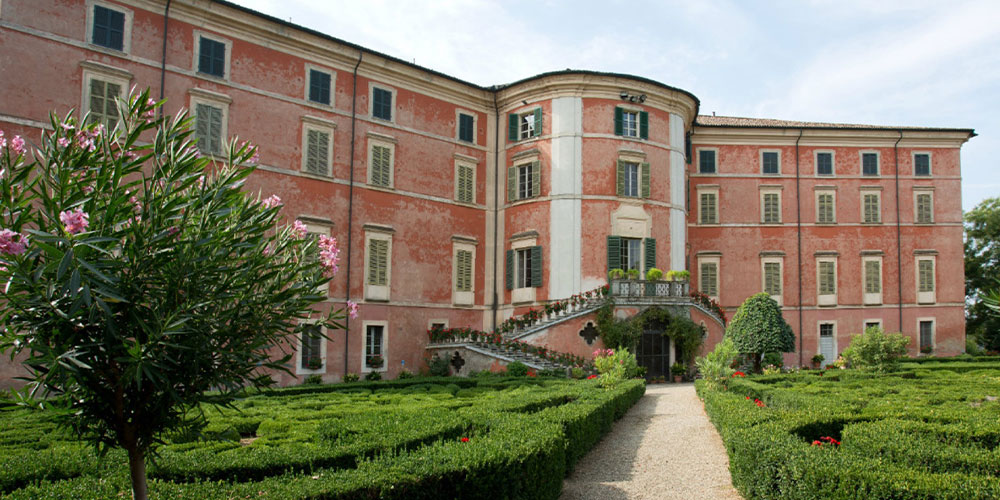
3.
We go up along the valley and reach the medieval village of Vigoleno, which has always belonged to the hegemonic and Guelph Scotti family: a castle protected by two walls overlooking the area, the Romanesque parish church of San Giorgio with Romanesque sculptures from the XII century, the XVI century Oratory of S. Maria delle Grazie, with a precious chapel of the Mysteries of the Rosary.
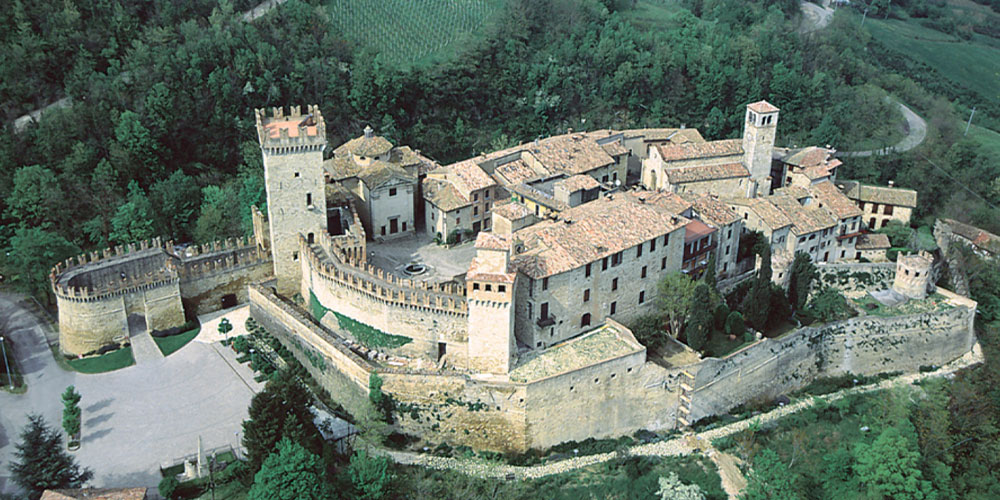
4.
Continuing along the valley we can reach Vernasca (Mocomero), a charming pre-mountain town not far from Morfasso and Sperongia, where the Museum of the Resistance of the province of Piacenza is located.
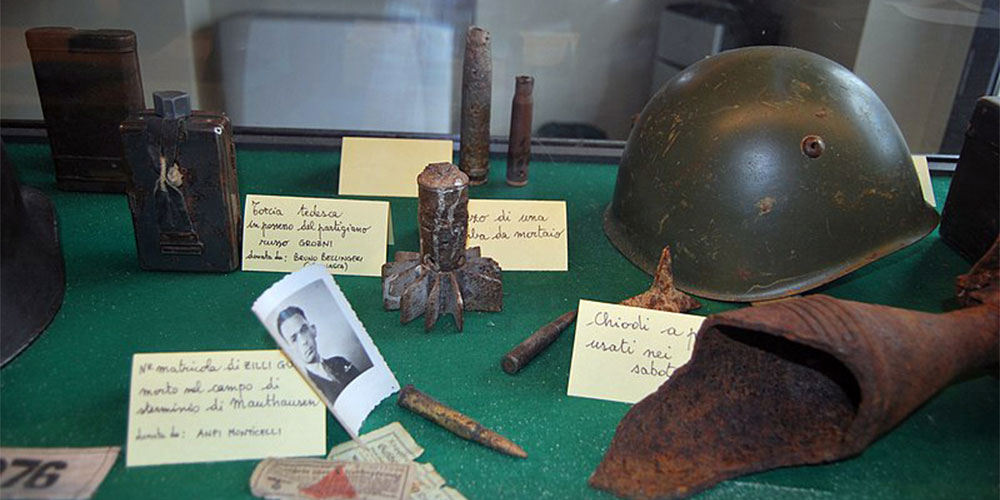
In these location we cannot miss a tasting at the cellars of ILLICA VINI in Case Barani of Vernasca to savor the taste of "Archeus", a brilliant Passito with aromatic Malvasia di Candia mold; LUSIGNANI AGRICULTURAL COMPANY of Vigoleno (with the famous Vinsanto but also with two dry and sweet versions); TORRI WINE COMPANY of Vernasca; TERZONI CLAUDIO LA CONCHIGLIA in Vernasca with the award-winning passito Sensazioni d'Inverno (winter sensations).
5.
To reach Val d'Arda, we pass through Bacedasco, where a spa with curative sulphuric waters still remains, which introduce a particular geo morphism (red earth) that leads
6.
to the irresistibly beautiful Castell'Arquato, a perfectly preserved medieval village, with its magnificent square overlooked by the collegiate church, a Romanesque jewel from the beginning of the XII century, with the chapel of Santa Caterina rich with XV century frescoes and with the annexed small, precious museum of the collegiate church, the Palazzo del Podestà, the municipal seat, the Visconti fortress that rises towards the fruitful valley. Places not to be missed are the Geological Museum, with a collection of fossil finds from the Placentian era, including the acute rostrate whale, and the Luigi Illica Museum, Puccini's favorite libretto writer.
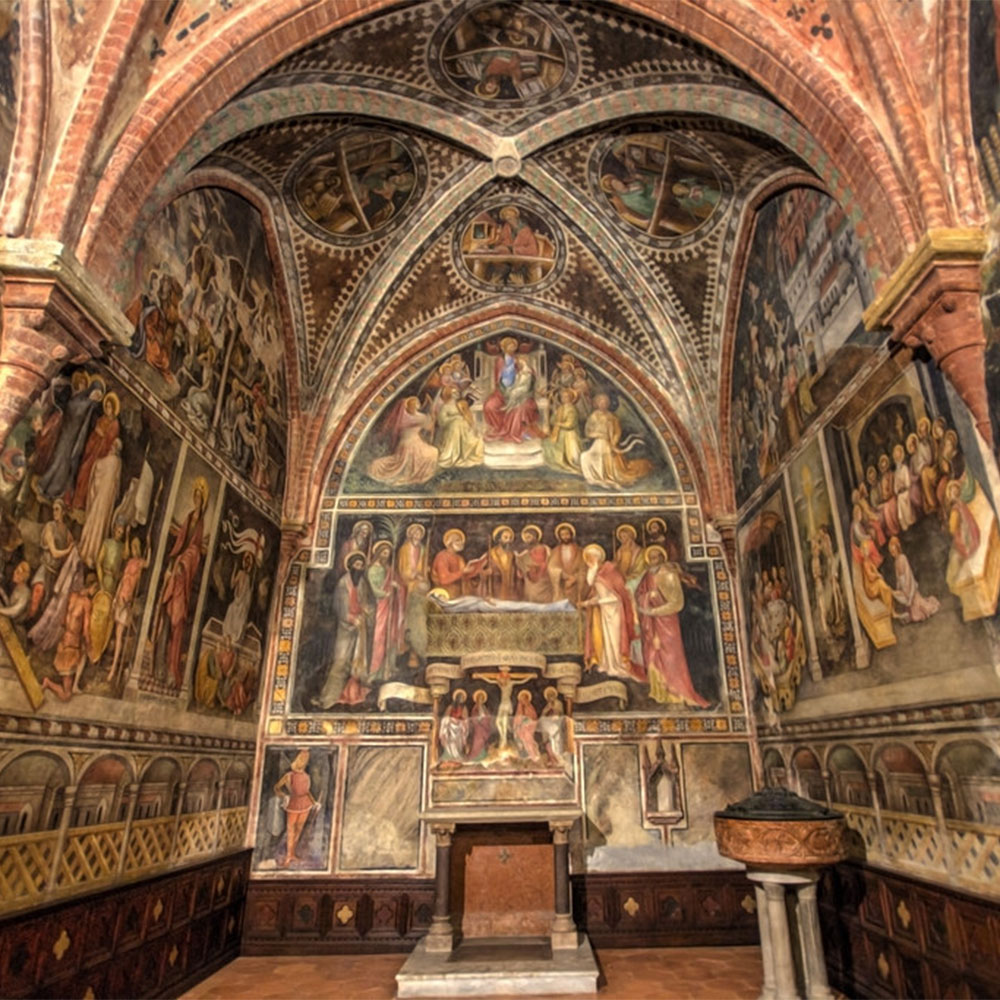
7.
Going up the valley we reach Lugagnano and meet the mighty dam of Mignano, built in the first decades of the XX century.
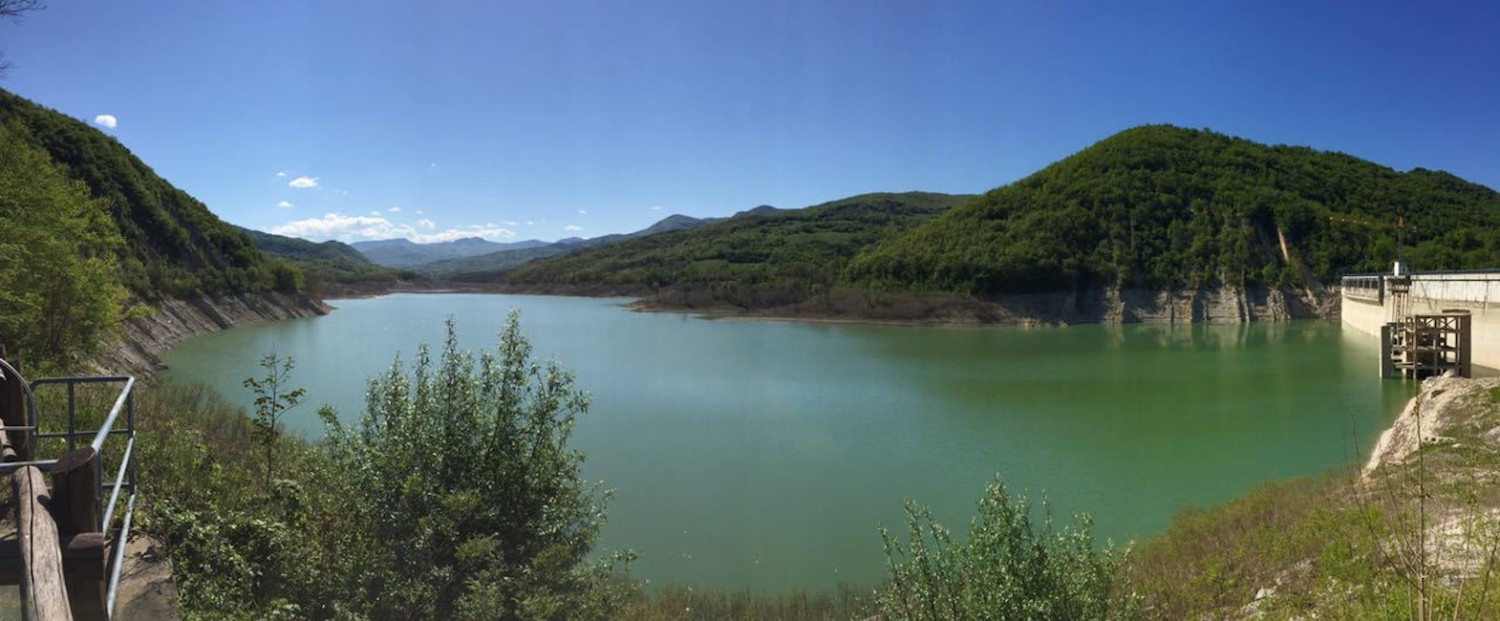
It is nice to discover how the Piacenziano soil pleasantly conditions the flavor and minerality of Malvasia, giving it very special olfactory and taste characteristics. Where?
We start with VINI CROCI of Castell'Arquato for a particular reason: the owner Massimiliano Croci is part of that growing number of winemakers who "believe" in maceration on the skins (as well as in the use of exclusively indigenous yeasts) for the vinification of this wine as well as other native vines. The results of their work improve year after year, covering a modern sector of taste embraced above all by young people. Tasting his Valtolla is a must.
But also: CASA BENNA VINI of Castell'Arquato; Luce di Selce is worth the tasting; AZIENDA AGRICOLA IL CASELLO of Bacedasco Basso; TENUTA LA RATTA of Bacedasco Sotto; AZIENDA VITIVINICOLA PODERE PAVOLINI (winery) where Graziano Terzoni will move you with his Acquapazza; THE TOLLARA of Cortina di Alseno. [passito L'Angelico]; LOSCHI AGRICULTURAL COMPANY of Bacedasco Alto [passito L'Arte Contadina]; PODERE LE LAME of (Bacedasco).
8.
Continuing westward, we cannot miss to visit Vigolo Marchese, where the parish church and baptistery from the years around 1050 constitute the most ancient testimony of the early Romanesque style of Piacenza and the Po Valley.
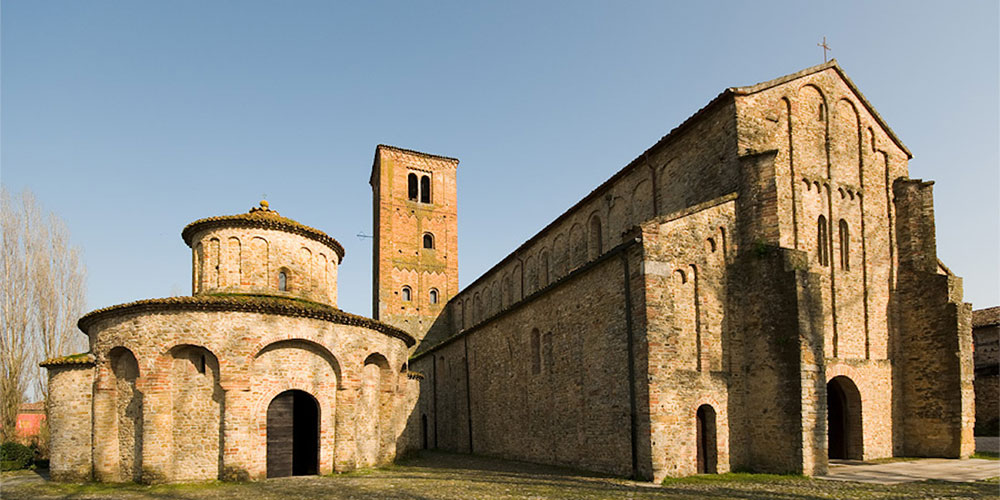
Further on, in this valley of the Chero Ciriano and Carpaneto, other possessions of the Scotti family are found, known respectively for the recipe for the mustatura of the wine contained in an unpublished register of the cellar of the Scotti counts of 1730 and for the striking annual festival of the Cup; the Municipality is based in the XV century Scotti castle.
AZIENDA VITIVINICOLA PUSTERLA of Vigolo Marchese; CANTINE CAMPANA of Ciriano: try the still Malvasia of La Ciocca; Azienda agricola Montesissa Emilio in Magnano di Carpaneto Cascinotta di Rizzolo di San Giorgio.
